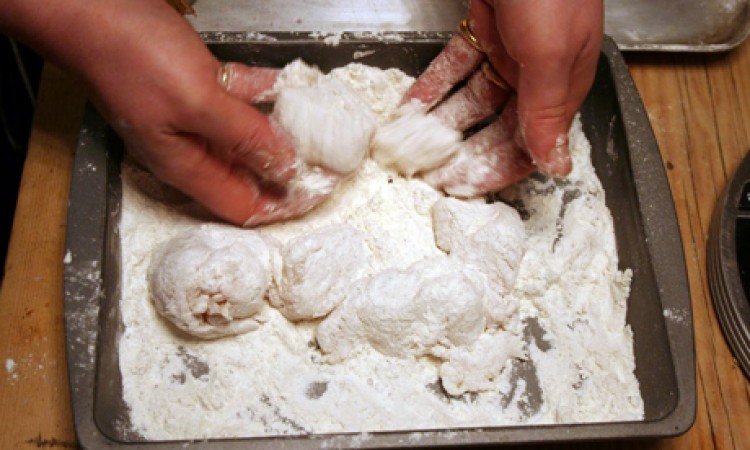
In the enchanting realm of aquatic life, the queen of water, our beloved fish, holds a special place. Fishkeeping is a cherished hobby for many, and ensuring the health and vitality of our aquatic friends is of utmost importance. One intriguing aspect of fish care involves feeding them flour, a practice that has gained popularity among enthusiasts. But why is it beneficial to feed flour to fish, and what remedies does it offer? Let's dive into the depths of this unique approach.
Fish, like any living beings, require a balanced diet to thrive. Flour, often derived from wheat, rice, or other grains, is a rich source of carbohydrates, vitamins, and minerals. When used as a supplement, it can enhance the nutritional profile of fish food.
Feeding fish with flour can aid in their digestion process. Flour is easily digestible for most fish species, making it a suitable choice for their dietary needs. This leads to better nutrient absorption.
A diet enriched with flour can contribute to the rapid growth of fish. The carbohydrates in flour provide an energy boost, allowing fish to allocate more resources towards growth.
Flour contains essential vitamins and minerals that bolster the immune system of fish. This helps them resist diseases and infections, leading to a healthier and more vibrant aquatic community.
Feeding fish flour is cost-effective. It's readily available and budget-friendly, making it a practical choice for both novice and experienced fishkeepers.
Selecting high-quality, unprocessed flour is crucial. Ensure it's free from additives or preservatives that could harm your fish.
When incorporating flour into fish food, mix it thoroughly to create a balanced blend. This ensures that your fish receive a well-rounded meal.
Avoid overfeeding your fish with flour. Carefully monitor portion sizes to prevent water quality issues and obesity among your aquatic companions.
While flour can be a beneficial addition, don't rely solely on it. Offer a diverse diet to cater to the specific needs of different fish species.
Overfeeding with flour can lead to water quality problems. Ensure you maintain a proper filtration system and perform regular water changes.
Different fish species have varied dietary requirements. Research the specific needs of your fish to ensure flour complements their diet. Feeding flour to fish can be a valuable addition to their diet, promoting growth and bolstering their immune systems. However, it should be done in moderation and alongside a balanced diet. As with any aspect of fishkeeping, maintaining water quality and understanding the needs of your fish are paramount.
Boosting Male Fertility: A Comprehensive Guide to Fertility-Enhancing Foods
You can visit Istanbul in this much money, it will not be a burden on your pocket